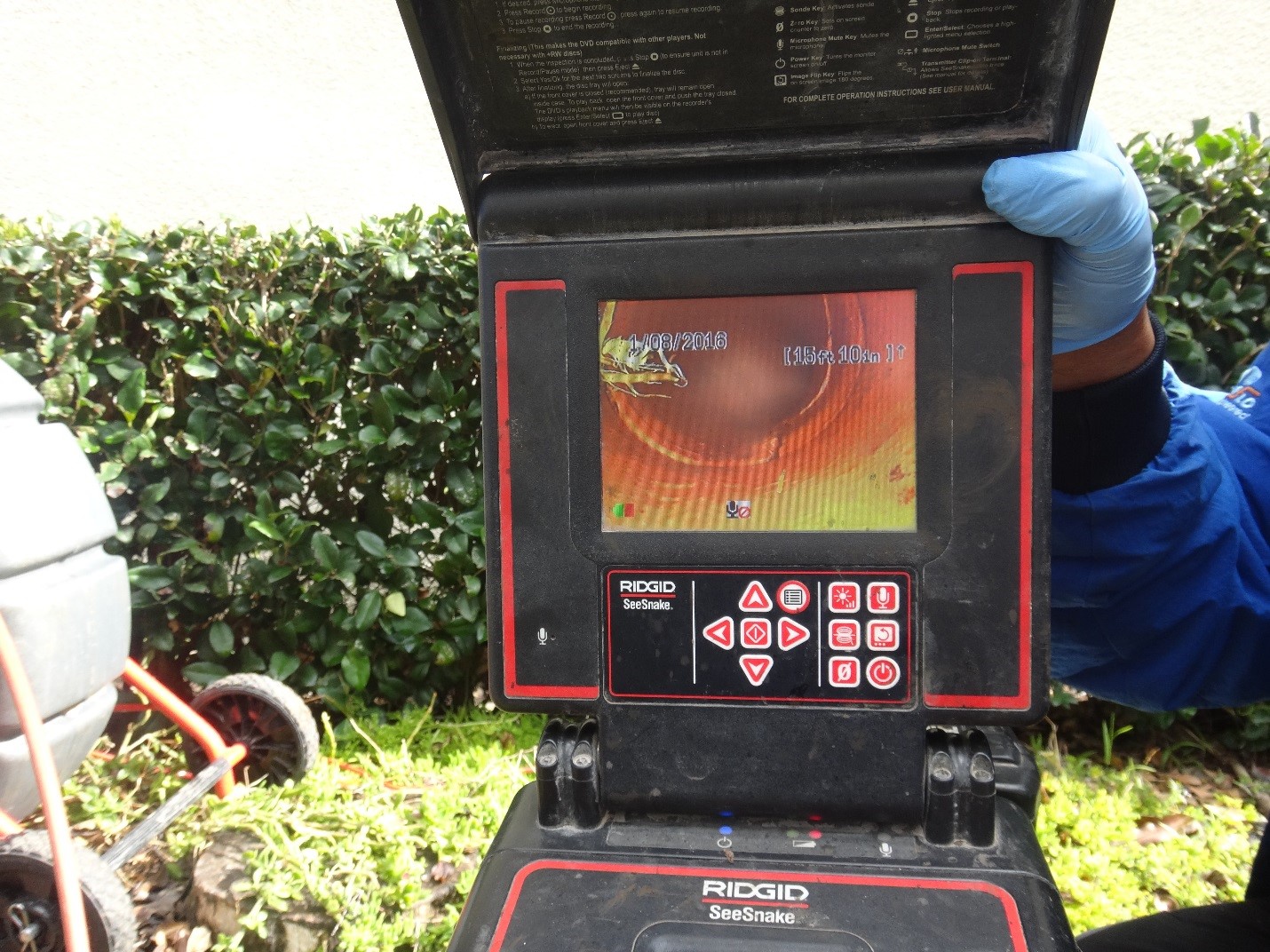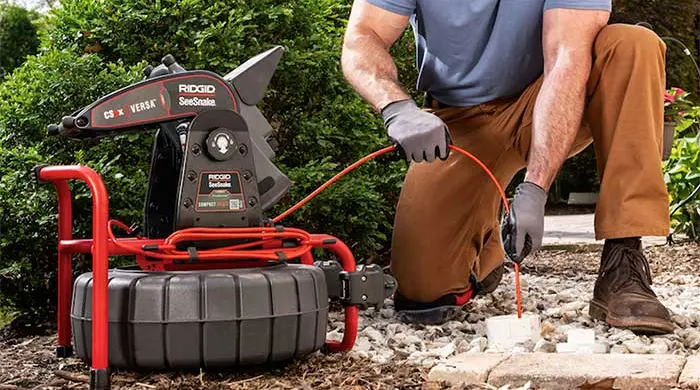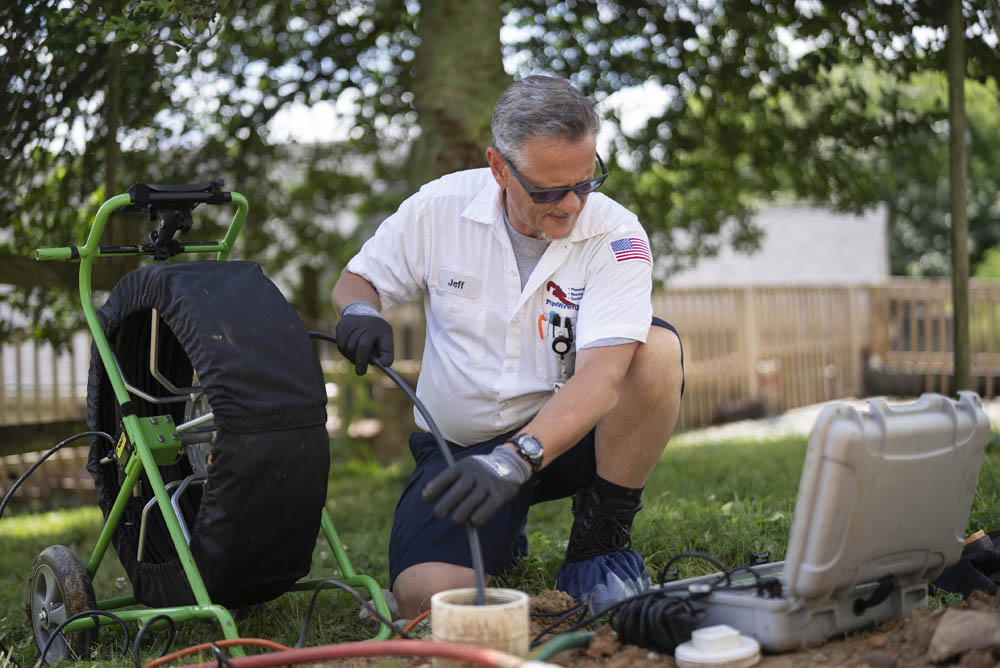Usual Sewer Line Troubles and Their Solutions: A Home owner's Handbook

Tree Origin Breaches
Tree root intrusions are a usual and significant issue impacting sewer lines. As trees expand, their origins naturally seek resources of water and nutrients. Sewage system pipelines, specifically older ones constructed from clay or various other porous materials, give an appealing target. With time, roots can infiltrate small cracks or joints in the pipes, leading to blockages and at some point creating considerable damage. This intrusion can cause slow-moving drain, sewage backups, and even complete pipe failure if left unaddressed.
Early detection is essential in reducing the effect of tree origin invasions. Normal evaluations using video clip cam technology can recognize root visibility before it becomes a serious issue. Once spotted, there are several methods to attend to the concern. Mechanical augers or rooter solutions can reduce through the origins, providing a momentary fix. Nonetheless, for a much more permanent remedy, chemical root killers can be put on prevent more growth within the pipes. In extreme cases, pipe relining or substitute may be needed to recover the stability of the sewage system line.
Applying safety nets, such as planting trees far from drain lines and making use of origin barriers, can lessen the danger of future breaches, thereby protecting the performance of your drain system.
Pipe Deterioration
Deterioration in drain pipes is a widespread concern that can badly endanger the stability and performance of a sewer system. Normally happening in steel pipelines, such as cast iron or galvanized steel, deterioration arise from prolonged direct exposure to wetness, chemicals, and other corrosive representatives discovered in wastewater. With time, this procedure weakens the pipe wall surfaces, causing leaks, breaks, and eventually, pipeline failure.
The primary kinds of pipe corrosion include consistent corrosion, where the entire surface of the pipeline rusts evenly, and localized rust, such as matching or gap deterioration, which influence certain locations of the pipeline. Recognizing the very early indications of corrosion, such as discolored water or uncommon odors, is critical for timely intervention.
Avoiding pipeline corrosion includes normal maintenance and inspections. Using protective coverings, using corrosion-resistant materials like PVC or polyethylene, and setting up cathodic defense systems can considerably extend the life-span of drain pipelines. In situations where deterioration is currently substantial, trenchless pipeline rehab approaches, such as pipeline cellular lining or pipeline bursting, offer effective services without the requirement for considerable excavation. Eventually, positive monitoring and prompt repair services are vital to alleviate the destructive results of pipe corrosion on sewage system systems.
Obstructions and clogs
Blockages and blockages are amongst the most usual and turbulent problems affecting drain lines. These blockages can emerge from a variety of resources, consisting of the build-up of debris such as oil, hair, and food fragments, along with the breach of tree origins looking for dampness. Gradually, these products accumulate, narrowing the pipeline and ultimately leading to complete obstructions that can cause wastewater to support right into homes.
Safety nets are necessary for alleviating the danger of obstructions. Regular upkeep, such as regular hydro-jetting and the usage of enzyme-based cleansers, can help maintain pipes free from particles. House owners must likewise bear in mind what they throw away down their drains pipes; staying clear click here to find out more of grease, coffee premises, and fibrous veggies can considerably decrease the possibility of clogs.
In more severe cases, video clip evaluation equipment can be used to locate and diagnose the trouble, guaranteeing that the suitable solution is used successfully. Prompt interventions and routine examinations can help keep the stability and performance of click reference drain lines.
Leaking Sewer Lines
Beyond blockages and clogs, dripping sewer lines offer a significant problem for homeowners and municipalities alike. These leaks can result from numerous variables, including pipeline deterioration, moving dirt, intrusive tree roots, and tear and wear gradually. Left unaddressed, leaking sewage system lines can create substantial residential or commercial property damages, promote mold and mildew development, and position significant health and wellness risks as a result of the contamination of groundwater and soil.

Repair techniques depend on the intensity of the leakage and the condition of the sewage system line. Minor leaks might be resolved with trenchless fixing techniques, such as pipeline cellular lining or pipe bursting, which are much less invasive and quicker to complete.
Sewer Line Bellies
When it concerns drain line problems, one especially difficult trouble is the formation of sewage system line bellies. A drain line stubborn belly occurs when a section of the pipeline sags or dips, creating a low place where waste and particles can collect. This can lead to reduce water drainage, persisting clogs, and potential damages to the pipe over time.
The reasons for sewer line tummies are differed. Poor installation techniques, dirt disintegration, ground settling, or changes as a result of temperature level adjustments can all contribute to the formation of these sags - sewer line inspection ct. Determining a sewage system line stomach commonly needs a professional assessment utilizing a drain electronic camera to determine the exact place and extent of the issue
Attending to a drain line stubborn belly typically includes excavation to get to the afflicted pipeline section. Once accessed, the drooping section may require to be replaced or rearranged to guarantee appropriate slope and drainage. In many cases, trenchless repair approaches, such as pipe cellular lining or pipe bursting, can be used to decrease interruption while settling the issue.
Preventative actions, including normal evaluations and ensuring correct installation, can help minimize the risk of sewer line stubborn bellies. Home owners must continue to be alert for indicators of drain problems and look for expert assistance at the first indicator of problem.
Conclusion
In final thought, addressing typical sewer line problems you could try this out such as tree origin breaches, pipe corrosion, blockages, dripping sewage system lines, and drain line stubborn bellies is crucial for keeping a efficient and practical system. Early discovery via video inspections and the execution of both short-term and irreversible solutions can reduce these concerns effectively. Regular maintenance methods, consisting of strategic and hydro-jetting tree positioning, additional add to the prevention of these problems, consequently making certain the lasting honesty of drain systems.
Rust in sewer pipes is a prevalent concern that can significantly jeopardize the integrity and functionality of a drain system.When it comes to sewer line issues, one specifically tough issue is the formation of sewer line stubborn bellies. A drain line belly happens when an area of the pipeline droops or dips, developing a reduced place where waste and particles can accumulate. Determining a sewage system line belly generally calls for a professional inspection making use of a sewage system electronic camera to pinpoint the precise location and level of the trouble.
